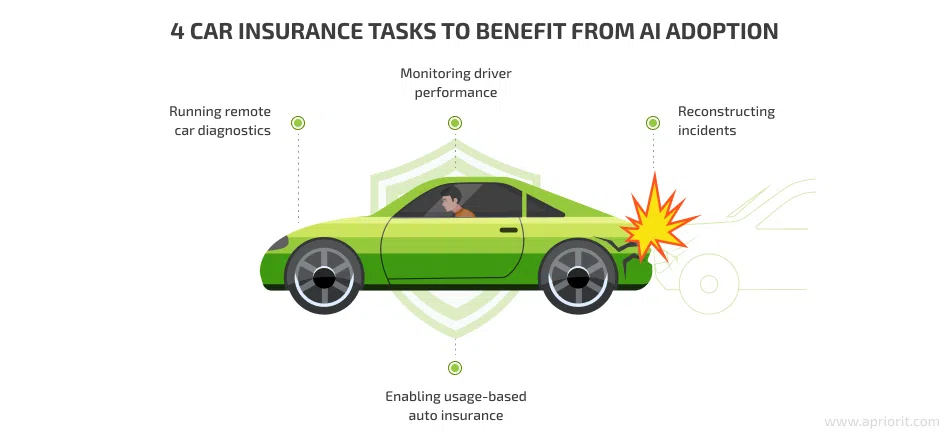You’re driving plenty of visitors to your event page. But to run a successful event, you need to do more than get people to come to your page — you need them to come to your event.
If you blast an email to potential attendees, only about two percent of them will actually click through to the event page. So convincing those few, precious visitors to become registered attendees is critical — and it’s also hard.
There are a few ways to attack this problem. Here’s a tale of two event organisers with two different strategies to grow their event.
Last year was the best of times for both Adam and Carol, two organisers working on separate events. Of the 20,000 visits to each of their event pages, they successfully sold registrations to 800 — which comes out to four percent of visitors.
This year, they’re shooting even higher.
Adam is going to increase his spending on ads and emails by $25,000 to get more people to his event registration page. Carol is opting to stay put and not increase her marketing spending. Instead, she will work with a registration partner to provide a faster, smoother registration process.
Adam’s gamble ends up working out. He does draw more people to his page — 10,000 more people, in fact. The rate at which those visitors register for the event remains roughly the same, at four percent. Adam’s paid registrants jump from 800 to 1,200.
Carol’s strategy also works out — but in a different, more efficient way. Since she hasn’t invested more in ads or outreach to increase traffic, she still gets the same number of visitors to the event page. But the simpler, more mobile-friendly registration process makes it easier for visitors to make the jump from interested viewers to confirmed attendees, faster.
Her conversion rate — the percentage of site visitors who register for the event — jumps a couple percentage points. She still ends up with roughly the same number of registrants as Adam, but she has spent much less than him to reach that point. Without increasing her marketing budget, Carol has increased the number of attendees by about 50 percent.
Here’s how their spending and outcomes compare:

Adam and Carol both started out with the same goal: growing their event. They both reached that goal, but with different strategies and budgets. Let’s take a look at how they settled on those different strategies in the first place.
Neither of them considered what the registration experience would be like for attendees when they first set up their pages. But after the first year, Carol was curious and went through the process herself. It quickly became clear that registering for her event was a lot more difficult and time-consuming than she’d realised.
There were a couple of big problems:
- Too many steps. Studies have shown that each additional step in a checkout or registration process leads to a 10 percent reduction in transactions.
- Logging in was required. Based on surveys of online shoppers, nearly one in four attendees will say “no thank you” if required to create an account before purchase.
Adam knew there was something up with his registration flow as well. But he figured the simplest way to overcome it would be to spend more money on email blasts and ads to get more people to his page.
Comparing these two stories side by side reveals an important lesson: spending more money on promotion isn’t as fiscally efficient as removing the barriers in your registration process.
Purchasing more ads may feel right, but unless the new eyeballs are converting into paid registrants, your money is probably better spent elsewhere (or not spent at all).
Streamline the checkout process with an easy-to-navigate, mobile-optimised registration page, and you can sell more without spending more.
If you’d like to learn more about selling more registrations without increasing your budget, download:
How to Double Your Ticket Sales with Conversion Rate Optimisation.





